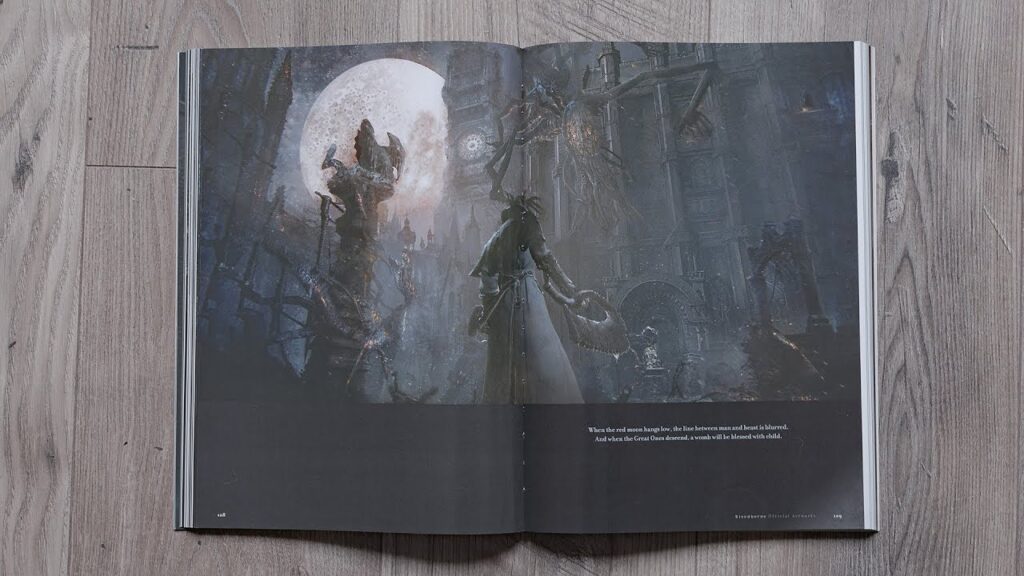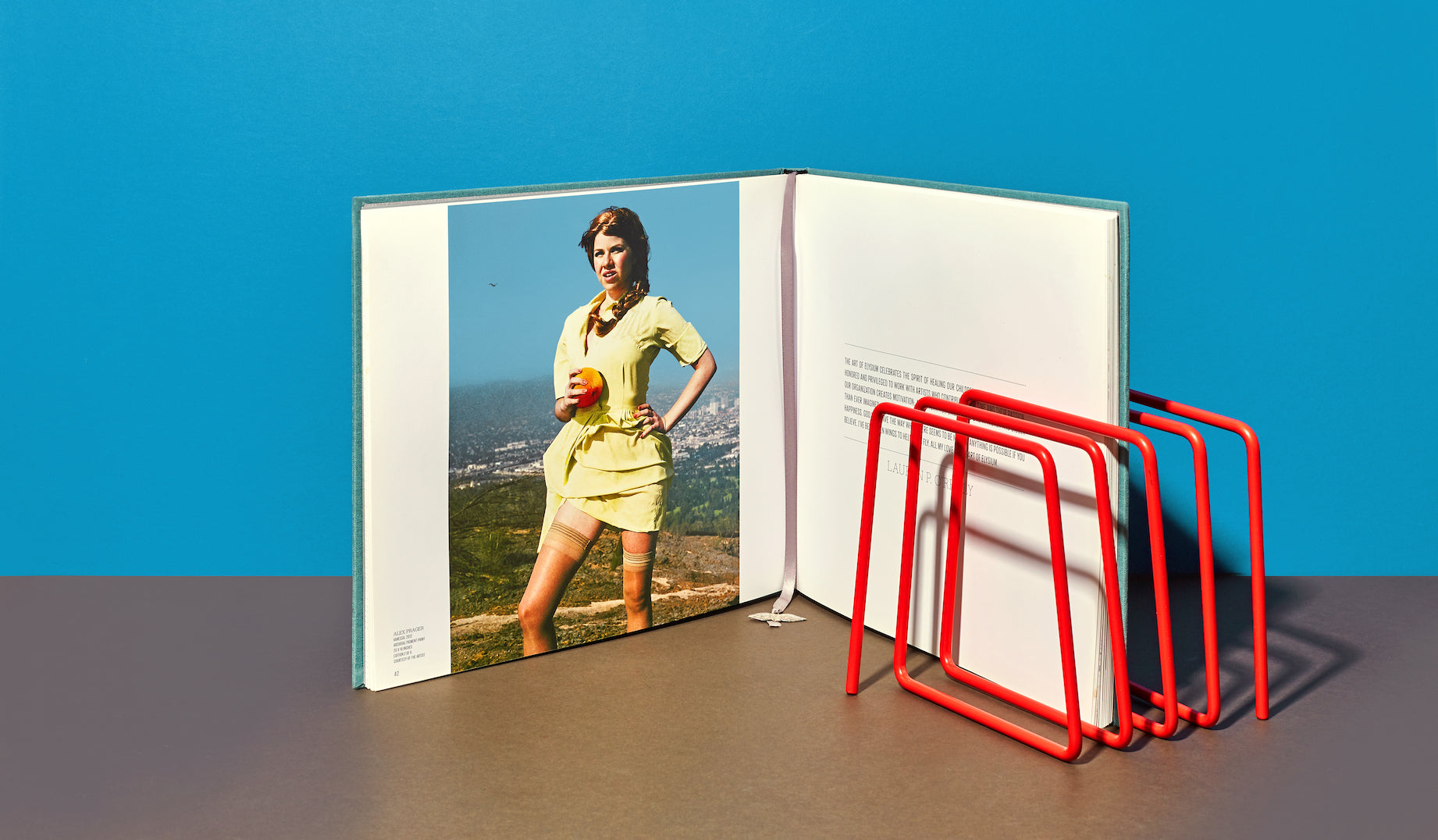The Designer’s Guide to Releasing a High-Quality art book
The Designer’s Guide to Releasing a High-Quality art book
Blog Article
Understanding the Refine Behind Premium Art Book Printing for Art Enthusiasts
When it comes to high-grade art book printing, understanding the intricacies of the procedure can elevate your appreciation for the last item. As you check out the various elements of art book printing, you'll uncover understandings that might change your perspective on art conservation and discussion.
The Relevance of Paper Selection in Art Book Printing
When it involves art book printing, the choice of paper can make or break the last product. You want your art work to radiate, and the appropriate paper enhances color vibrancy and detail. Take into consideration factors like weight, appearance, and surface; these elements substantially affect how visitors view your work.
As an example, a larger stock conveys high quality and resilience, while a textured surface can add deepness to images. Smooth paper is outstanding for in-depth recreations, permitting great lines and subtle shades to appear crisp.
Do not ignore the paper's illumination; a brighter sheet can help colors pop, making your art much more eye-catching. You'll also desire to think of just how the paper engages with inks and whether it can manage the printing process without contorting or bleed-through. Eventually, selecting the appropriate paper establishes the stage for your art, guaranteeing it catches the target market's focus just as you imagined.
Selecting the Right Inks for Lively Recreations
Choosing the appropriate inks is equally as important as choosing high quality paper to attain lively recreations in your art book. When you're printing artwork, you desire colors that pop and properly stand for the original piece. Select inks with a high pigment concentration; these have a tendency to generate richer and extra saturated colors.
You could take into consideration using archival inks, which resist fading over time, ensuring your art book remains as striking as the day it was published. If you're working with photographs or electronically produced art, pigment-based inks can give a wider shade range, boosting detail and deepness.
Do not forget the finish! Matte and glossy inks can significantly alter the appearance of your art work, so assume regarding the appearance you're intending to accomplish - art book. Inevitably, the appropriate ink selection enhances your paper option, producing a sensational visual experience for your readers
The Duty of Color Monitoring in Print Quality
Shade administration plays a necessary duty in attaining high print high quality for your art book. It assures that the shades you see on your display translate accurately to the published page. Without reliable shade administration, your dynamic art work might show up dull or distorted, undermining your innovative vision.
Next off, make use of shade accounts customized for your printer and paper type. These accounts guide the printer in reproducing colors accurately, decreasing discrepancies between electronic and published variations.
When you prepare your data, think about using a shade area like Adobe RGB or CMYK, depending on your printer's specifications. Constantly evidence your job, too; a test print can reveal any possible color problems before the last run. By focusing on color administration, you secure the stability of your art, ensuring your target market experiences it as you meant.

Comprehending Various Binding Techniques
Accomplishing the excellent try to find your art book goes beyond shade management; binding methods additionally play a significant function in its overall presentation and longevity. You have a number of alternatives to review, each with its very own special attributes.
If you're aiming for an expert feel, instance binding provides a strong alternative with a hard cover, ideal for showcasing your art work. On the other hand, ideal binding supplies a flexible back while maintaining prices down, making it a popular choice for softcover publications.
Spiral binding enables your art book to lay level, which is wonderful for presenting photos without blockage. Saddle stitching is optimal for smaller sized brochures, offering a clean coating without the mass.
Inevitably, the binding technique you pick need to show your artistic vision and exactly how you want viewers to engage with your job. See to it to consider these choices very carefully to achieve the ideal result for your job.
The Impact of Publish Size and Design on Discussion
While the option of print dimension and layout might seem second to material, they greatly influence just how your artwork is viewed. The measurements of your prints can either boost or decrease the effect of your items. Larger prints can draw customers in, permitting them to appreciate intricate details, while smaller sized layouts might need even more intimate engagement.

Preservation Methods for Resilient Art Books
To ensure your art publications stand the test of time, it's important to execute effective preservation methods. Usage acid-free storage boxes or protective sleeves to protect them from dirt and physical damages.
When managing your publications, constantly wash your hands or wear cotton gloves to prevent oils and dust transferring onto the web pages. Avoid flexing or wrinkling the backs; rather, make use of book sustains when presenting them.
For included protection, think about buying archival-quality products for any kind of fixings or enhancements. Regularly check your collection for signs of wear click to find out more or damage, resolving my sources issues immediately. By complying with these easy methods, you can ensure your art publications stay lively and easily accessible for many years to come, preserving their beauty and worth for future generations.
Collaborating With Printers for Optimum Outcomes
When you're prepared to publish your art book, choosing the appropriate printer is crucial to attaining your vision. Clear communication concerning your expectations and demands will help assure that both you and the printer are on the very same page. Allow's check out how to make this collaboration as smooth and reliable as feasible.
Choosing the Right Printer

Reliable Interaction Strategies
Efficient communication is crucial for turning your art book vision right into fact, specifically when teaming up with printers. art book. Beginning by clearly outlining your job's goals, consisting of design elements, preferred materials, and any details printing methods. Do not think twice to share your motivations and recommendations; this assists the printer comprehend your aesthetic
Establish normal check-ins to talk about progress and address any kind of concerns. Use visuals, like mock-ups or samples, to convey your concepts better. Be open to feedback, as printers frequently have valuable insights that can enhance your job. Maintain a positive relationship by being respectful and pleased of their knowledge. This cooperation will ensure that your art book meets your expectations and beams in its last form.
Regularly Asked Inquiries
What Prevail Errors to Avoid in Art Book Printing?
When publishing your art book, avoid usual blunders like inadequate resolution photos, wrong color accounts, and neglecting page layout. Don't neglect to check and verify details he has a good point to validate your end product satisfies your expectations.
How Does Digital Printing Differ From Conventional Printing Methods?
Digital printing makes use of electronic data to create prints straight, enabling for quicker turnaround and customization. In comparison, standard approaches entail physical plates, which can be lengthy and less adaptable for little runs or one-of-a-kind layouts.
What Is the Normal Turnaround Time for Art Book Printing?
The normal turn-around time for art book printing differs, but you can anticipate it to take anywhere from a few weeks to numerous months. Elements like intricacy, quantity, and printing technique all influence this timeline.
Can I Print a Minimal Edition Art Book Financially?
You can print a restricted version art book financially by selecting affordable materials, enhancing print runs, and utilizing digital printing alternatives. Cautious planning and budgeting will assist you accomplish top quality without spending too much.
What Are the Environmental Considerations in Art Book Printing?
When thinking about art book printing, you must believe regarding environmentally friendly materials, sustainable inks, and energy-efficient processes (art book). Picking local printers can also minimize your carbon impact, making your project both stunning and ecologically accountable
Report this page